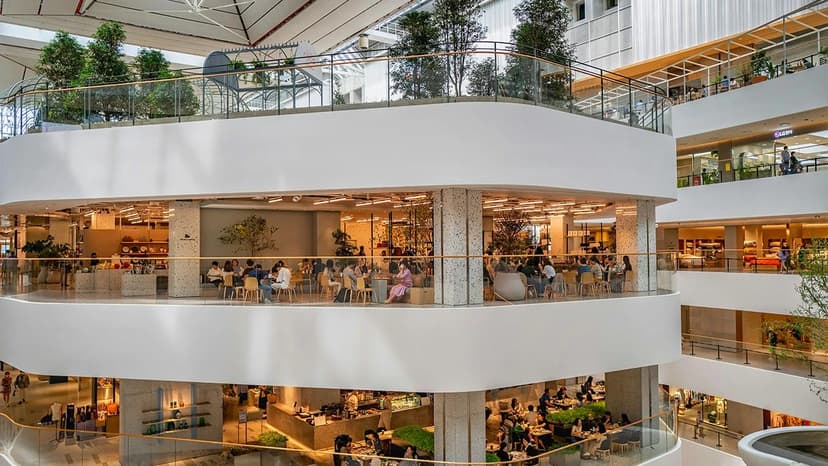Understanding Structural Unemployment
Structural unemployment is a significant concern in economic discussions. It signifies deeper changes within an economy, indicating that industries and the skills required are shifting. This form of unemployment occurs when there is a disconnect between the jobs available and the skills workers possess.
Consider the transition from horse-drawn transportation to automobiles. Many skilled blacksmiths suddenly found their expertise less useful. This mismatch between skills and job opportunities stems from technological advancements and evolving consumer preferences.
The Roots of Structural Unemployment
How does structural unemployment manifest? Here are two scenarios:
-
In an automotive plant where robots assemble cars, fewer workers are needed. Those who specialized in traditional car assembly may struggle to find new jobs. They must retrain and acquire new skills to adapt to automation.
-
In a coal-mining town, decreasing demand for coal due to environmental concerns leads to job losses for miners. Their skills are tied to a dwindling industry, leaving them in need of new training and job opportunities.
The Impact on People and Economies
What are the consequences of structural unemployment for individuals and the economy? For affected individuals, overcoming this unemployment can be difficult. They often must go back to school, take part in training programs, or accept lower-paying jobs in different sectors to gain experience.
For the economy, structural unemployment can lead to reduced consumer spending. Those without jobs have limited disposable income. Additionally, industries may face a shortage of skilled workers, hampering growth and innovation.
Bridging the Gap
How can society address structural unemployment? One solution involves education and retraining programs. Governments and educational institutions can collaborate to offer training in high-demand areas, such as technology or renewable energy.
Supporting geographical and professional mobility is another approach. Policies may include relocation assistance or information sharing about job markets, which can help workers transition to regions with available jobs.
The Role of Companies
What part do companies play in reducing structural unemployment? Corporations can implement retraining programs for employees, acknowledging that skill needs will continue to evolve. Certain companies collaborate with educational institutions to develop relevant curriculums that align with industry demands.
Beyond the Obvious
What broader effects does structural unemployment have on society? It influences migration patterns as people relocate to find jobs. This dynamic may shift societal views on education, highlighting the importance of lifelong learning and adaptability. The once common notion of a "job for life" is becoming less relevant.
Looking Ahead
The nature of work is always changing. New industries emerge while others decline. Structural unemployment will persist as a normal aspect of this evolution. Flexibility in skills, location, and job expectations is crucial in navigating these changes. Society's capability to provide retraining and adaptability will define how well the economy withstands ongoing transformations.
Structural unemployment exists as a reflection of continuous change in life and the job market. The effectiveness of our responses to this challenge will determine the impact of such changes on individuals and the economy.












